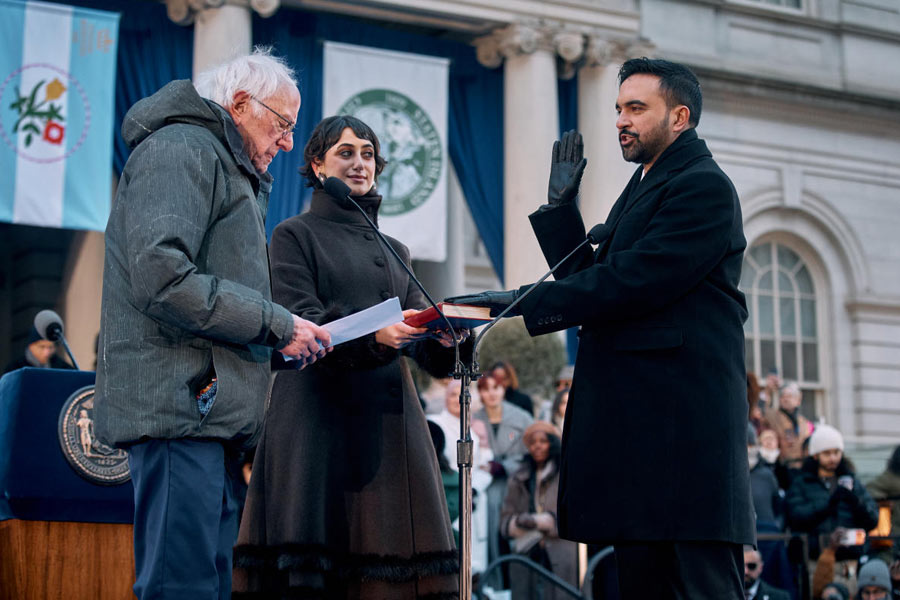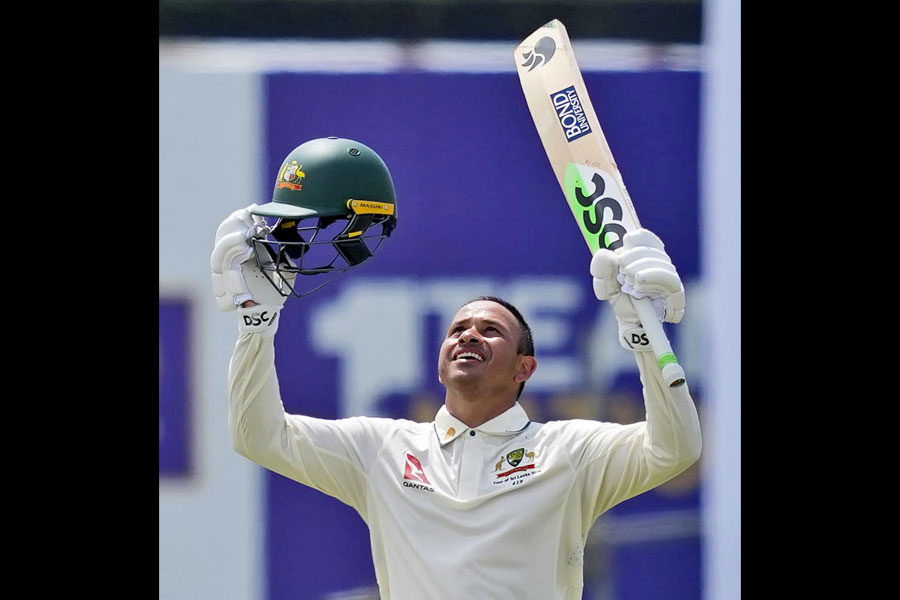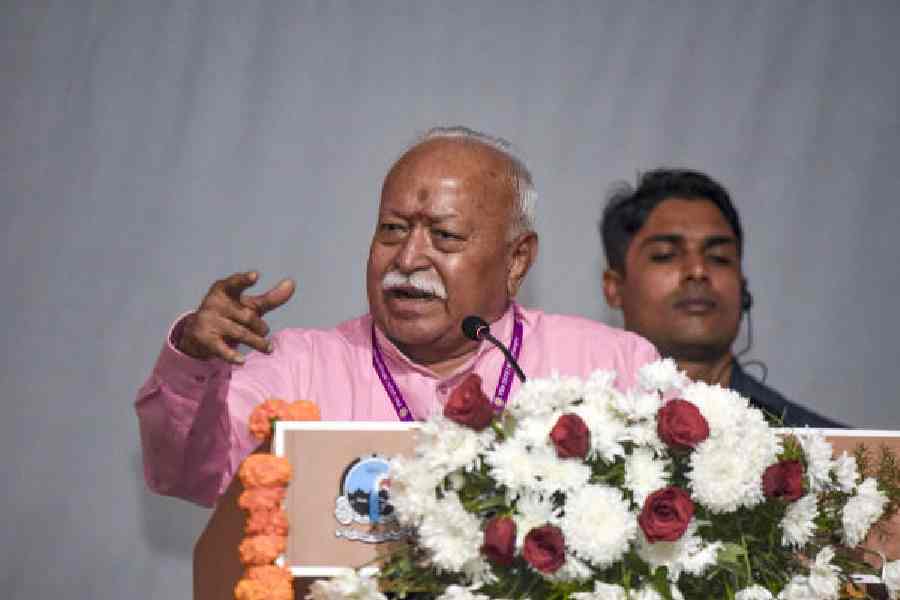Book: In Pursuit Of Peace: India-Pakistan Relations Under Six Prime Ministers
Author: Satinder Kumar Lambah
Publisher by: Viking
Price: ₹799
Cynicism about dialogue between India and Pakistan is understandable. But according to one of the most experienced India hands on Pakistan, “not engaging a neighbour with a strong antagonism towards India, a growing nuclear weapons arsenal and worsening stability, is not a wise choice.” In his characteristic non-hectoring demeanour, S.K. Lambah delivers this pointed critique of the Narendra Modi government’s ‘terror and talks cannot go together’ strategy in the second-last paragraph of his book that has hit the stands posthumously.
Negotiating difficult situations is what diplomacy was all about for this career diplomat who has more than once been hand-picked to walk on eggshells for India. Half of Lambah’s five decades in public service were spent dealing with Pakistan; some from the Indian mission in Islamabad that he also headed for several years, others from the PAI (Pakistan-Afghanistan-Iran) desk in the external affairs ministry in Delhi, and the rest leading the backchannel discussions through “high-visibility assaults — from the Parliament attack to the embassy bombing in Kabul and to the Mumbai terror attack.”
He was the go-to man for many governments on Pakistan. From the 1970s to 2014, he had seen six prime ministers deal with Pakistan up close, making this book a compelling read for anyone interested in the bilateral relationship — or the lack of it. This was also the post-1971 phase when Pakistan embarked on a project to avenge the loss of East Pakistan by bleeding India with a thousand cuts using terrorism.
Dedicating a chapter each to the six prime ministers he has worked with closely on Pakistan — Indira Gandhi, Rajiv Gandhi, P.V. Narasimha Rao, I.K. Gujral, Atal Bihari Vajpayee and Manmohan Singh — Lambah details the twists and turns in the relationship. He provides a deep insight into what each of the six premiers brought to the bilateral engagement in the hope of leaving behind a legacy of untangling the knots that have become increasingly complicated with the passage of time.
What comes through in this account is how these premiers — particularly Rao, Vajpayee and Singh — took on board the Opposition to build a national consensus on India’s Pakistan policy. This stands out particularly in today’s politics where the Modi government seldom consults the Opposition. Rao selected Vajpayee to head the Indian delegation to the UN Human Rights Commission in Geneva to counter Pakistan’s bid to move a resolution against India. During the backchannel talks under Singh, Lambah writes that he would meet Vajpayee and the leader of the Opposition in the Lok Sabha and the Rajya Sabha regularly to keep them abreast of the discussions.
Having seen the backchannel discussions come to a naught as the Modi government has not shown much interest in taking it forward, Lambah signs off with a warning about the state of affairs between India and Pakistan. “We see each other principally through the prism of religion. The painful memories of Partition are being revived. The absence of contact and regular engagement in producing a new generation of youth in both countries unfamiliar with each other and with perceptions based on the media and social media. This can only harden positions and widen the gulf between the two countries. This would be a tragedy for two people that were once one and retain so much in common.”
While some of the details may be of academic interest, Lambah has woven in anecdotes galore. The chapter, “Professional Engagement, Personal Interactions”, stands out for it captures what most Indians and Pakistanis encounter when they meet each other: the borders seem to disappear and the bonding is natural, making people-to-people contact the confidence-building measure hawks on both sides of the border dread the most.










